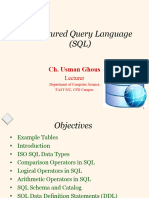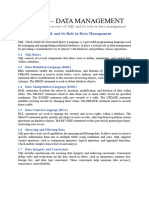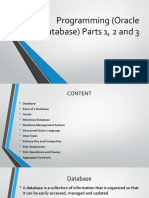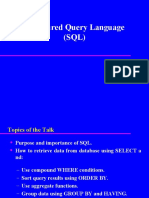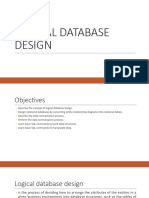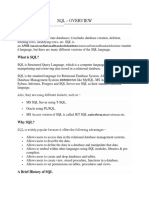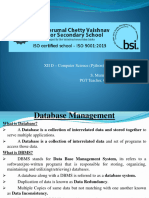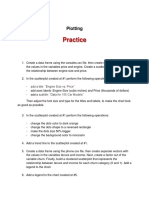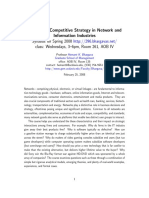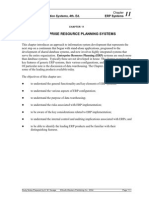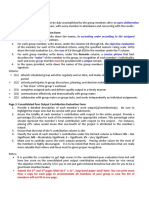0% found this document useful (0 votes)
3 views44 pagesLecture2 Relational Model
The document provides an overview of the relational model and SQL, detailing data modeling concepts, relational keys, and integrity rules. It outlines the objectives and importance of SQL, including its history and structure for writing SQL commands. Additionally, it includes examples of SQL statements for data retrieval and manipulation.
Uploaded by
enkherden2004Copyright
© © All Rights Reserved
We take content rights seriously. If you suspect this is your content, claim it here.
Available Formats
Download as PDF, TXT or read online on Scribd
0% found this document useful (0 votes)
3 views44 pagesLecture2 Relational Model
The document provides an overview of the relational model and SQL, detailing data modeling concepts, relational keys, and integrity rules. It outlines the objectives and importance of SQL, including its history and structure for writing SQL commands. Additionally, it includes examples of SQL statements for data retrieval and manipulation.
Uploaded by
enkherden2004Copyright
© © All Rights Reserved
We take content rights seriously. If you suspect this is your content, claim it here.
Available Formats
Download as PDF, TXT or read online on Scribd
/ 44






